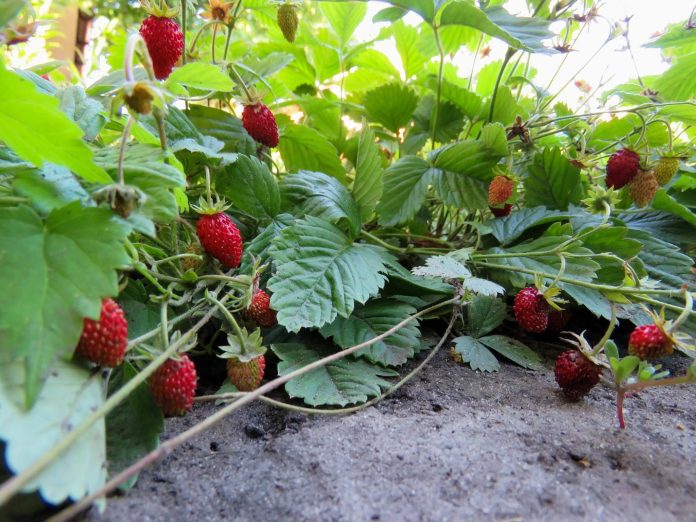Technologists grew 196% more strawberries than traditional farmers in smart agriculture competition
As technology reshapes global industries, flashy projects like autonomous robotics for manufacturing and augmented reality interfaces for remote expert support grab plenty of headlines. While adding efficiency and cutting costs in manufacturing is certainly important and worthy of investment and innovation, consider that by 2050 the population of earth will increase by two billion people and more than double the global demand for food as compared to in 2010, according to the World Economic Forum. In this context, it’s fundamentally important to global society that these same technologies—IoT sensors, connectivity, machine learning, artificial intelligence, and so forth—are similarly brought to bear in agriculture, moving from manual, imprecise processes to tech-enabled precision agriculture.
In November last year, a four-month competition put together by ag-tech firm Pinduoduo, the China Agricultural University, and the United Nations Food and Agriculture Organization pitted teams of traditional farmers against teams of technologists in a competition to see who could grow more strawberries. The winning team, made up of researchers from the China Agricultural University and National Agriculture Intelligence Equipment Engineering Technical Research Center, used big data analysis, sensors, and automation tools; they produced an average of 6.86 kilograms of strawberries, a whopping 196% more than teams of legacy farmers, according to Pinduoduo press release.
Pinduoduo SVP Andrew Zhu said in a statement, “Technology is the force multiplier that helps both the people who grow the food and the people who eat it. Investing in agriculture benefits the greatest number of people. We are happy to play the role of matchmaker and enabler.”
The winning team, called CyberFarmer.HortiGraph, turned historical growing information into datasets and used image recognition to optimize the use of water and fertilizer to increase productivity in the competition. Team leader Lin Sen said the competition “was a successful journey for the team to explore how technology can be used in agriculture.”
Looking broadly at smart agriculture, connectivity is a baseline problem with numerous potential solutions. 5G is typically billed as a panacea for anything connectivity-related but deploying reliable 5G in rural America (rural anywhere really) seems like a slow-roll, particularly given that LTE has yet to achieve ubiquity. Another potential solution is in low-power, wide-area networks perhaps better-suited to the needs of IoT-type implementations, protocols like LoRa as provided by firms such as Senet. Satellite may also have a role to play. The real answer perhaps is that the best solution is the whichever one can be made available.
U.S.-based farm implement manufacturer John Deere is doing a good deal of work around smart agriculture. In an interview with Enterprise IoT Insights, the company’s Director of Intelligent Solutions Nancy Post described the evolving concept of a connected farm. “It’s pretty amazing how connected a modern farm is,” she said, adding that there are 167 million connected, or as the industry says, engaged, farm acres globally.
“Farmers are dealing with many complicated challenges,” Post said. “They have to make decisions quickly, they’re very pressed on time. If you think about planting, harvesting or any of the operations in between, there is a tremendous time pressure.” Deere’s goal is to use data analysis to optimize operational processes and move downtime to as “close to zero as possible. As we have evolved, we are expanding the data that we collect the data that we deliver,” post said.
The company has, for example, used artificial intelligence and machine learning to increase productivity of combines. Cameras on the machine’s clean grain elevator and tailings elevator allow a farmer to see what’s going on inside the combine, and critically, a grain analysis feature shows what is free grain vs. foreign material. This is highly important because the quality of the grain directly determines how much a farmer will get paid for it. “We want the cleanest grain, so that when you try to gain your monetary value for that grain, you don’t get docked for other residue in the grain,” Post elaborated.

